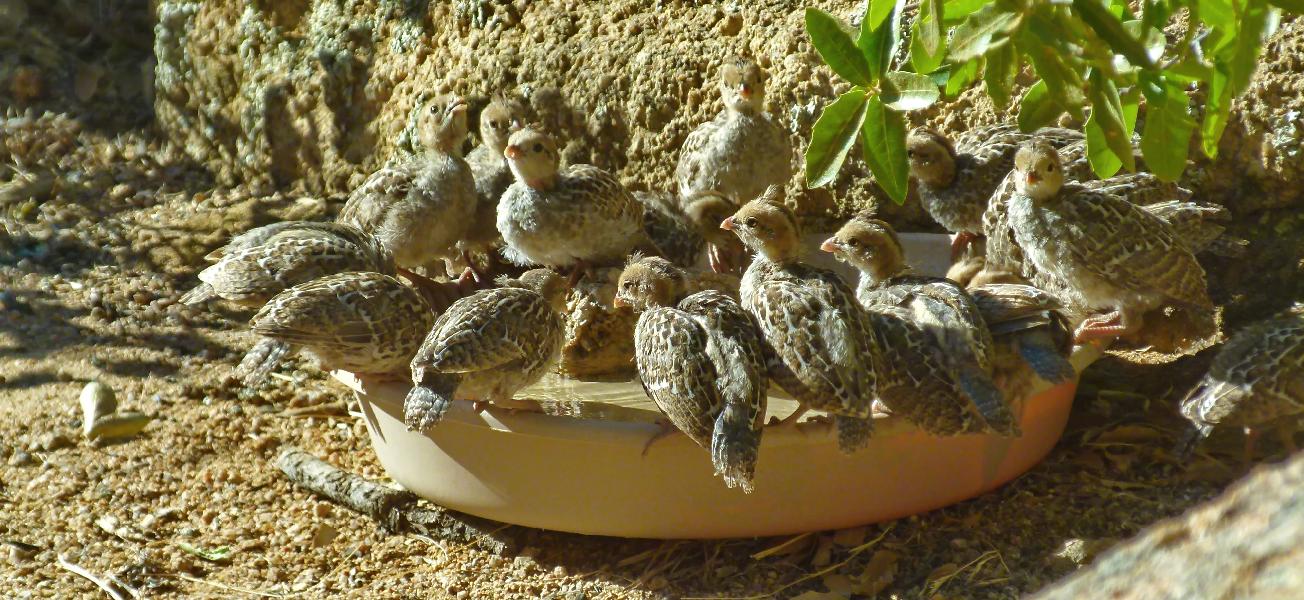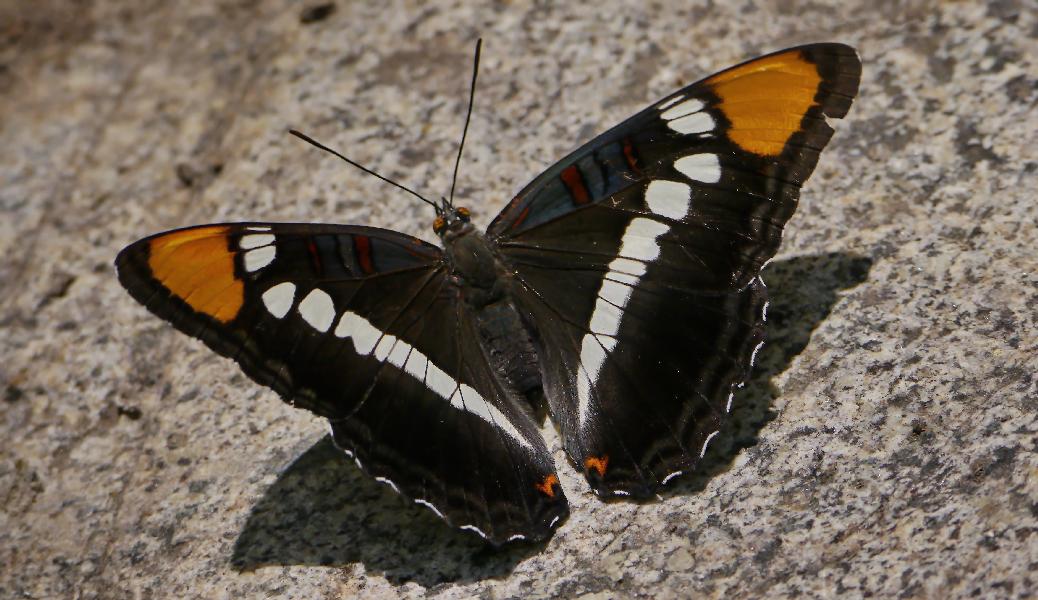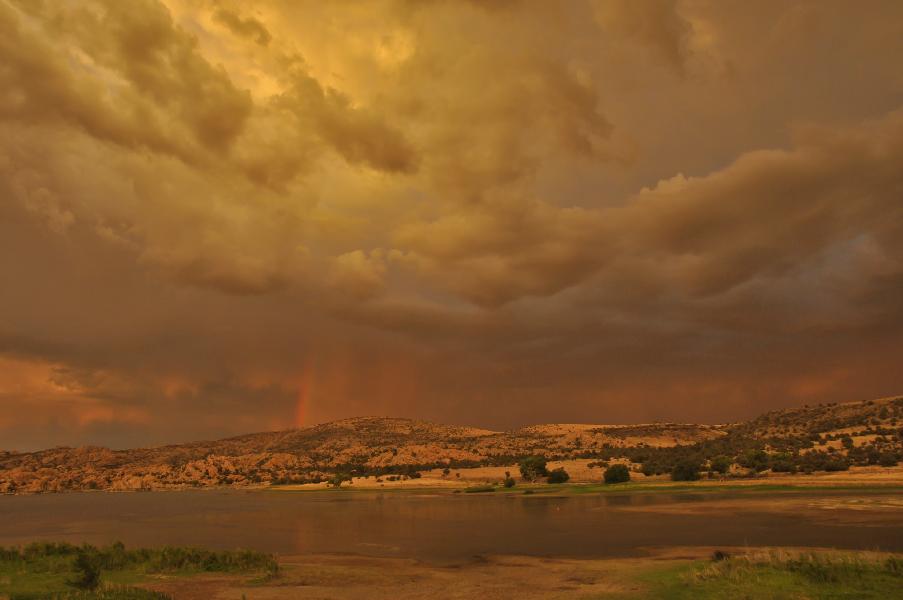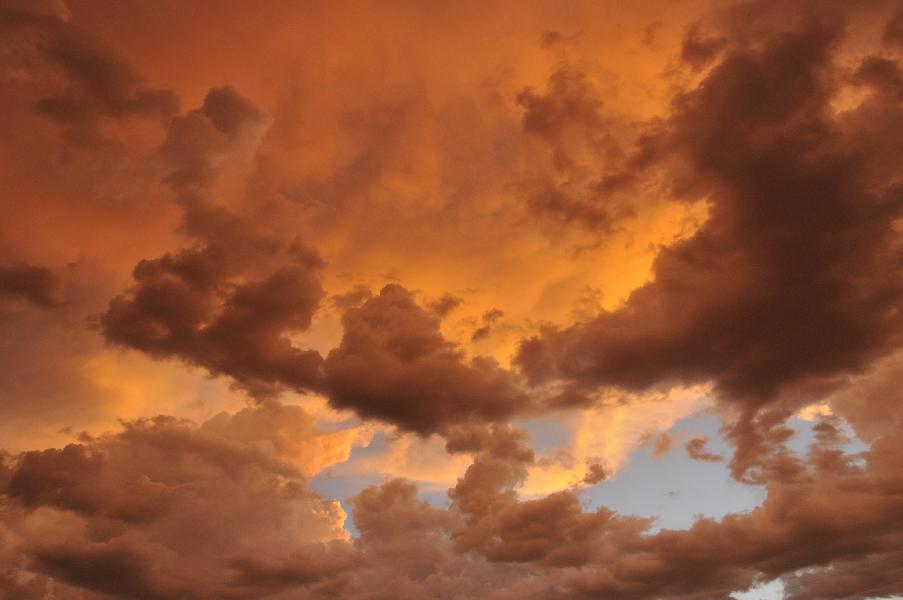For weeks, we have waited, hoping that the early July pattern of monsoon rain arrival would be repeated. It did not look promising. June was brutally hot and dry, clouds rare, winds fierce. The scrub oaks and manzanitas have shed most of their leaves; time will tell if they will all survive this challenge. Grasses were dry as tinder, nutritionless. Sprouting daturas withered and died except where we gave them water. We are the recipients of past pluvial generosity, siphoning water from underground stores without little thought of where that water has come from. But for now, sharing a little of that water with the other creatures that share our space seems like the right thing to do, since we have taken so much from the wild already.
Water set out for the local birds and mammals was eagerly sought by both. Our house became the oasis to which dozens of species flocked. Quail seemed to have had a good reproduction year, as at least a half dozen broods came in daily, but what would have happened without our water subsidy?
Rufous –crowned Sparrows, Crissal Thrashers, finches, towhees, and even woodpeckers—they all drank from our little pools in apparent harmony. Rock Squirrels and Cliff Chipmunks would hang out close, lucky recipients of our largesse. Gorgeous orioles sipped from both water and nectar set out for the hummers. Hummingbirds literally swarmed at our feeders, for there are no native wildflowers for them to find. Butterflies too found this place to be their salvation in hard times.
A few weeks ago, I was up in the forest in the Bradshaws. Despite the elevation, it was hot. The soil was so dry that root hairs had shriveled; photosynthesis had stalled; needles and leaves fluttered like tinder. I could see the standing trees as Roman candles waiting for that spark of ignition. How do these plants survive this deprivation of life-giving moisture? I felt guilty as I guzzled from my canteen.
Then I came upon a spring, a few yards of wet ground and shallow pools, the only water for many miles. A hen turkey led her little chicks away from this precious oasis and back into the dry forest. A brilliant Western Tanager flew in low, attracted to the moisture. I could see how all the birds and mammals of this forest might rely on this oasis. But the immediate action was invertebrate—hundreds of butterflies, beetles, wasps, and flies swarmed around the water in dizzying motion.
If you want to see life in the midst of drought, just add water.
One torrid day followed another. Finally, forecasters gave us hope—a good chance of rain on the 4th of July. If true, then all of nature would have an Independence Day as the landscape would be filled with oases. If false, then all would have to continue to endure until the promise was fulfilled.
July 3. Clear and hot in the morning, but clouds started to form in the north and east, developing from innocent fluffy, white mounds to a solid mass that turned blackish, as if pulling in the light, only to release it in bursts of lightning. We looked at the menacing clouds above Glassford Hill, unaware that hail was pounding the streets and buildings in Prescott Valley at that very moment.
Then in Granite Dells, the wind hit, and there was a different smell to it—moisture! A few drops began to spatter, building up in a mini-crescendo, then stopping. But it was magical all the same—a kiss that promised something sweeter with time.
Later while out on errands, we saw a brilliant rainbow develop over Glassford Hill, so we pulled off above Watson Lake and enjoyed an incredible light show: dark clouds and lightning to the east; scattered clouds with patterns of orange, yellow, and pastel blue to the west. Cool winds refreshed us. Reflections in the shallow lake added to the diversity of colors.
Overwhelmed with the beauty, we gave thanks to the spirits of the monsoon. They have some work to do, as the lakes are little more than out-sized puddles, and the trees need to pull deeply with their straws to revive their photosynthetic machinery. The toads wait underground to be revived as moisture soaks into their lairs, signaling that it is time to emerge, strike up a courting chorus, and mate.
And we wait, hopeful that this will reduce the severe fire hazards we have been living with. No matter how hard it rains, we know that this season will not replenish our depleted aquifers. It is not magic that will do so, but serious restraint. The past six-month period has been the third driest on record for Prescott, but human business has gone on as usual.
So let’s appreciate the magic of the monsoon, but let’s also be aware of the bigger picture—that if this human community is to thrive long into the future, we need to accept that droughts will occur, that our water supplies are finite and shrinking, and that solutions depend on making hard decisions and reducing our thirsty impacts. We elect politicians to help us plan for the future, but we need to hold them accountable to do so. Short-term greed cannot trump long-term sustainability, and WATER is the resource we need to steward most carefully. We cannot afford a communal drought of imagination and foresight.
Related Post: http://www.geolobo.com/?p=135 I Break for Clouds




